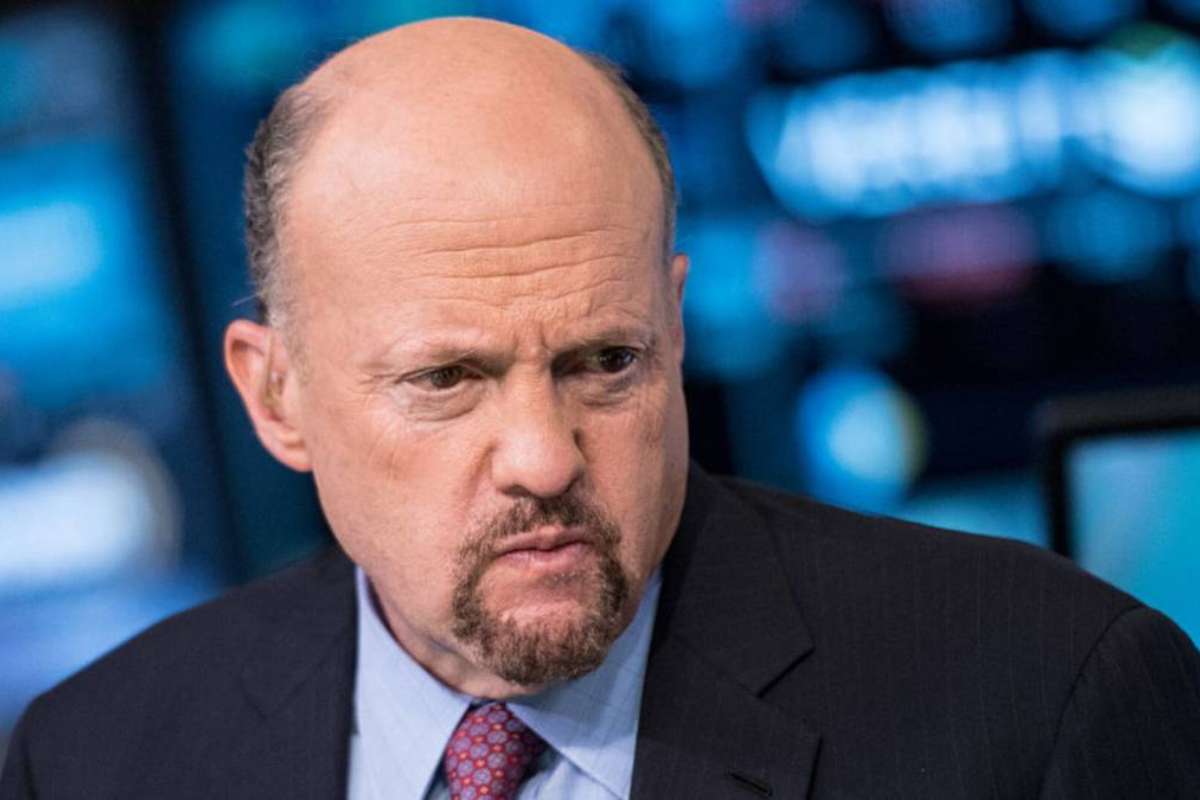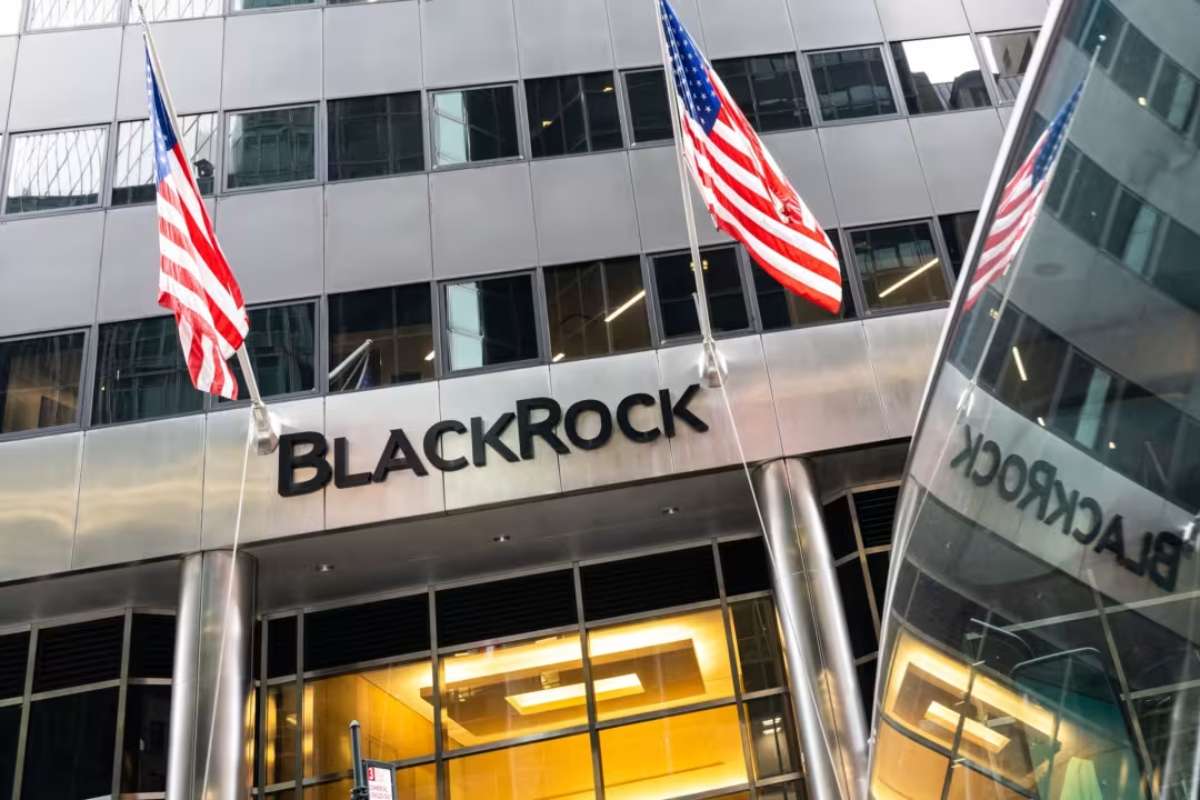Key Points:
- Weak July jobs data sparks Fed policy debate.
- Jim Cramer urges rate shift as jobs cool.
- Markets anticipate a pivot, boosting tech stocks.
The U.S. labor market stumbled in July, with the economy adding only 187,000 jobs, well below expectations and the lowest monthly gain in 2025 so far. The cooling numbers have drawn sharp criticism from CNBC’s Mad Money host Jim Cramer, who delivered a blunt message to Federal Reserve Chair Jerome Powell: it’s time to change course.
“This is not a hot labor market,” Cramer told Benzinga, arguing that the Fed’s continued focus on taming inflation through rate hikes is now out of step with current economic realities. He emphasized that workers are no longer the primary inflation drivers and insisted that Powell’s strategy risks doing more harm than good.
Wage growth has started to cool, and labor force participation is rising—both signs of a softening job market, not one in need of additional tightening. “We’ve crushed inflation,” Cramer said, warning that further rate hikes could stifle job creation and undercut economic momentum just as consumers and businesses begin adjusting to the Fed’s past actions.
Market Performance Signals Pivot Expectations
In a follow-up analysis on CNBC, Jim Cramer reviewed the market’s behavior in light of the jobs report and broader macro signals. He noted a clear divide in performance: technology and growth stocks surged, while industrial and cyclical sectors lagged—a pattern he interprets as investors pricing in a potential shift in the Fed’s posture.
“Wall Street is sending Powell a message,” said Cramer. “The market believes the Fed may soon be forced to pivot.”
Major gainers included Amazon, Nvidia, and Alphabet, all of which benefited from expectations of lower long-term interest rates. In contrast, economically sensitive stocks such as Caterpillar and Deere slumped, reflecting concerns that rate hikes are already impacting real-world demand.
This sector split underscores a growing belief on Wall Street that rate hikes are nearing their limit, especially if labor data continues to weaken and inflation stabilizes further.
September Fed Meeting Looms Amid Mounting Pressure
As the Federal Reserve gears up for its next policy meeting in September, pressure is intensifying. While Powell has previously signaled caution, maintaining that inflation risks remain, Jim Cramer and many market participants argue that the data no longer supports that stance.
“The Fed needs to listen to the data, not fear it,” Cramer asserted, warning that the risk of a hard landing is growing. If the central bank continues down its current path, it may choke off growth at a critical juncture.
The July employment numbers, combined with softening wage gains and investor sentiment, suggest the Fed must be more adaptive moving forward. Many analysts now believe the central bank should pause rate hikes or even consider easing in early 2026 if current trends persist.
Jim Cramer’s public remarks reflect a broader shift: investors are no longer convinced that higher rates are necessary, and they’re watching closely to see if Powell and the Fed will catch up with the data.
Visit Visionary CIOs for the most recent information.











